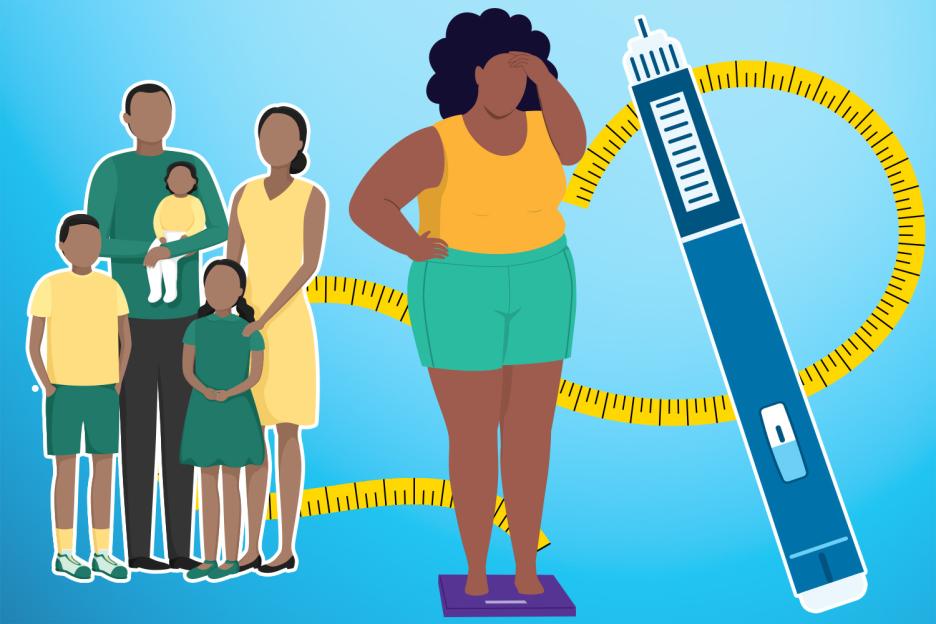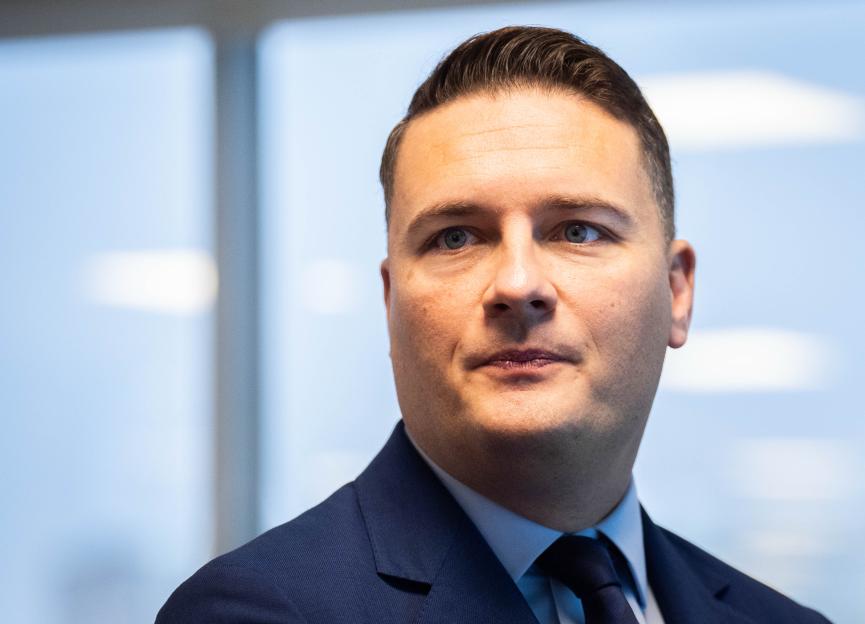DELIVEROO drivers could provide life-saving treatment to people suffering cardiac arrest, a new study suggests.
Deploying defibrillators to the public via food-delivery services like Uber Eats , could save lives, scientists from Taiwan believe.
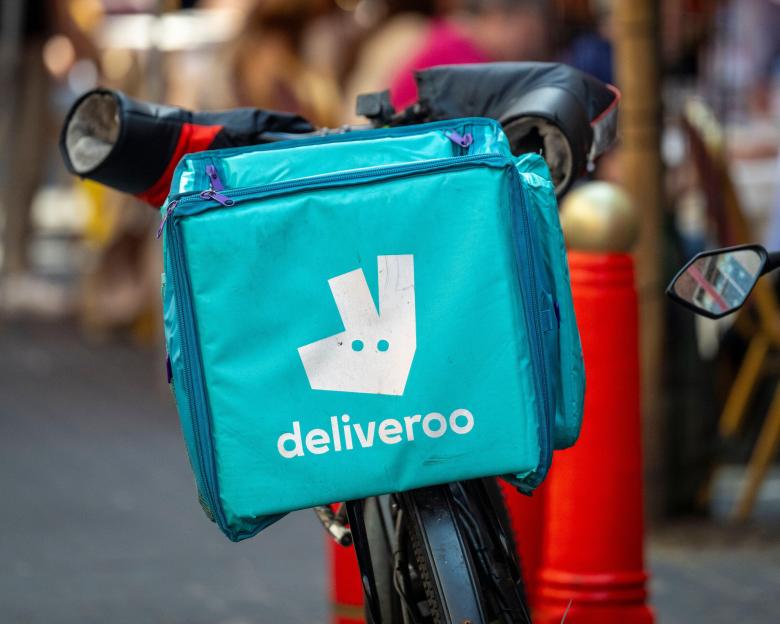 Deliveroo-style scooters could save lives by getting defibrillators to people faster than ambulances
Deliveroo-style scooters could save lives by getting defibrillators to people faster than ambulances
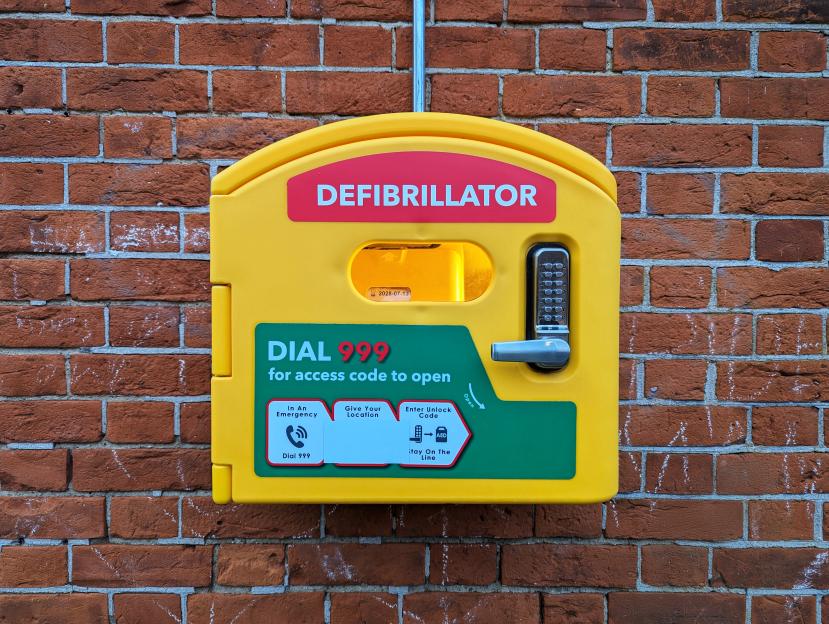 Defibrillators are often too far away when someone needs them most
Defibrillators are often too far away when someone needs them most
More than 30,000 Brits each year suffer a cardiac arrest when their heart suddenly stops beating.
It can be caused by an irregular heart rhythm or other heart disease , but often strikes without warning.
Breathing stops and the person becomes unconscious, with the lack of oxygenated blood to their organs leading to death.
Giving cardiopulmonary resuscitation ( CPR ) straight away can be the difference between life and death.
The technique involves pressing hard and fast in the centre of the chest to manually pump blood around the body until help arrives.
The most effective treatment is a defibrillator, a device that gives the heart an electric shock to try and restart it.
Fewer than one in ten survive a cardiac arrest outside hospital because every minute without a defibrillator slashes their odds.
Experts warn too many victims die because the machines are out of reach and ambulances take too long to arrive.
Lead investigator Kuan-Chen Chin, from the National Taiwan University Hospital, said: “Each minute of delay in defibrillation reduces the survival rate by 7-10 per cent.
“Our approach leverages an existing, widespread urban workforce to address a well-known weak link in the chain of survival.”
For the new study, researchers ran simulations comparing ambulance response times of six to seven minutes against delivery scooters carrying defibrillators.
Defibrillators arrived around three minutes faster, cutting delays by nearly half, they found.
Even if just ten per cent of riders joined in, more than 60 per cent of cardiac arrests were successfully attended.
During rush hours, only 13 per cent of riders needed to respond to cover 80 per cent of cases.
Writing in the Canadian Journal of Cardiology, Dr Jen-Tang Sun, of Far Eastern Memorial Hospital, added: “We were encouraged to see that even low response rates might yield meaningful time savings, and that the model appeared effective during off-peak hours despite reduced availability.”
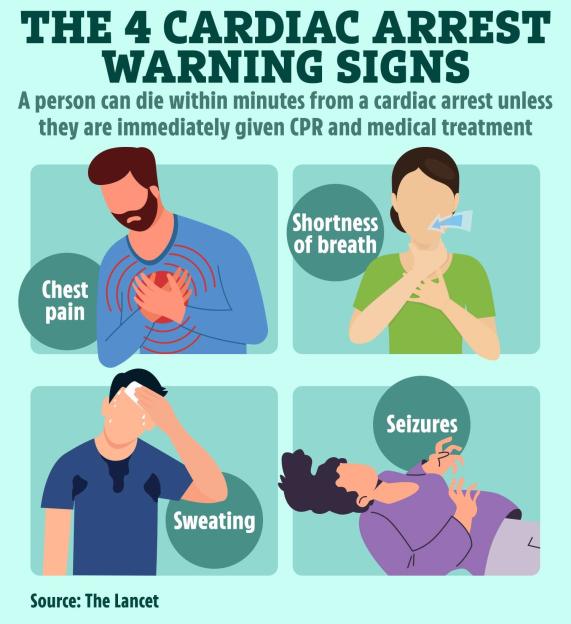 Call 911 or emergency medical services for these symptoms
Call 911 or emergency medical services for these symptoms How to respond to cardiac arrest
A cardiac arrest is an emergency.
If you’re with someone who’s having a cardiac arrest, call 999, start CPR and use a defibrillator if there’s one nearby.
Follow instructions from the 999 operator until emergency services take over.
Starting immediate CPR is vital as it keeps blood and oxygen moving to the brain and around the body.
A defibrillator will then deliver a controlled electric shock to try and get the heart beating normally again.
Public access defibrillators are often in places like train stations and shopping centres.
Anyone can use one and you don’t need training to do so.





